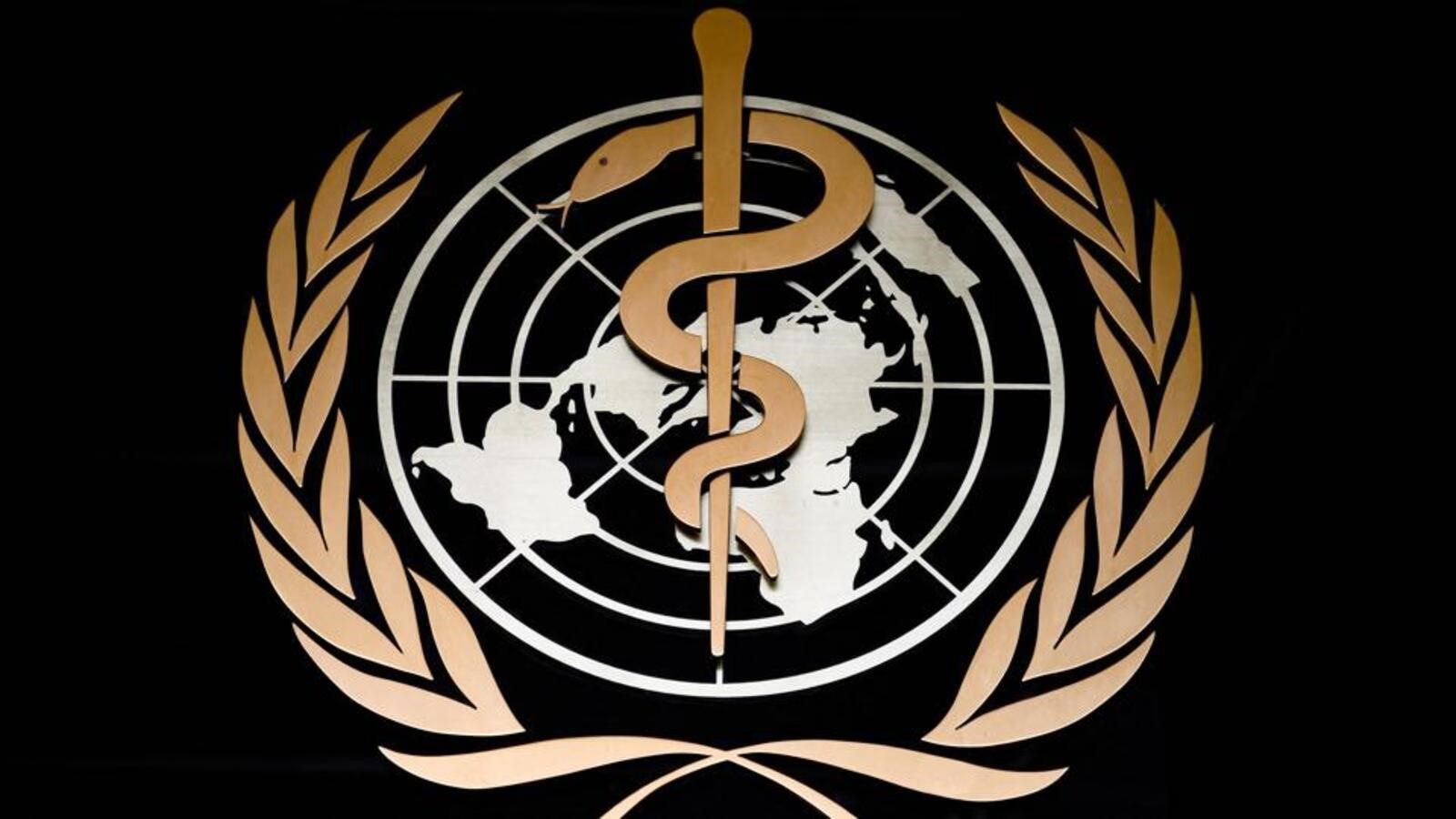Bacterial Pathogens Priority List (BPPL)

- 20 May 2024
Why is it in the News?
The World Health Organization (WHO) recently released its updated Bacterial Priority Pathogens List (BPPL) 2024.
What is the Bacterial Pathogens Priority List?
- The Bacterial Pathogens Priority List (BPPL) is a crucial tool in the global effort to combat antimicrobial resistance (AMR).
Background:
- In 2017, the World Health Organization (WHO) created the first BPPL to guide investment in the research and development (R&D) of new antibacterial treatments, listing 13 bacterial pathogens (phenotypes).
- The list was developed using the Multi-Criteria Decision Analysis (MCDA) method, a scientific approach that evaluates and ranks alternatives based on multiple criteria, ensuring systematic and transparent decision-making.
- The 2024 WHO BPPL expands to cover 24 pathogens across 15 families of antibiotic-resistant bacteria, categorizing them into critical, high, and medium priority groups to guide R&D and public health efforts.
Significance:
- The BPPL directs priorities for R&D and investment in AMR, highlighting the necessity for region-specific strategies to combat resistance effectively.
- It is aimed at developers of antibacterial medicines, academic and public research institutions, research funders, public-private partnerships involved in AMR R&D, and policymakers responsible for AMR policies and programs.
What is Antimicrobial Resistance (AMR)?
- Antimicrobial resistance (AMR) is the ability of microorganisms to persist or grow in the presence of drugs designed to inhibit or kill them.
- These drugs, called antimicrobials, are used to treat infectious diseases caused by microorganisms such as bacteria, fungi, viruses and protozoan parasites.
- When microorganisms become resistant to antimicrobials, standard treatments are often ineffective, and in some cases, no drugs provide effective therapy.
- Consequently, treatments fail and this increases illness and mortality in humans, animals and plants.
- For agriculture, this causes production losses, damages livelihoods and jeopardizes food security.
- Moreover, AMR can spread among different hosts and the environment, and antimicrobial-resistant microorganisms can contaminate the food chain.
- Antimicrobial resistance (AMR) is a major global threat of increasing concern to human and animal health.
- It also has implications for food safety, food security and the economic well-being of millions of farming households.
